Championing a St. Cloud State faculty of extraordinary teacher-scholars is a key pillar of the University’s It’s Time strategic framework for making St. Cloud State the region’s university of choice.
The It’s Time focus on the teacher-scholar model builds on the university’s heritage of attracting and sustaining innovative, adaptable professors who are all in when it comes to integrating their research, scholarship and creative work into their teaching. Empowering them with support and resources makes them active partners in the initiative’s placement of greater value and attention on St. Cloud State University’s distinctive academic programs and individualized approaches to teaching and supporting students.
“We have many incredible faculty members who are internationally known research-focused, traditional scholars who remain actively engaged and current in their discipline and translate that knowledge and passion into active teaching,” said Dr. LaVonne Cornell-Swanson, associate provost for faculty and student affairs.
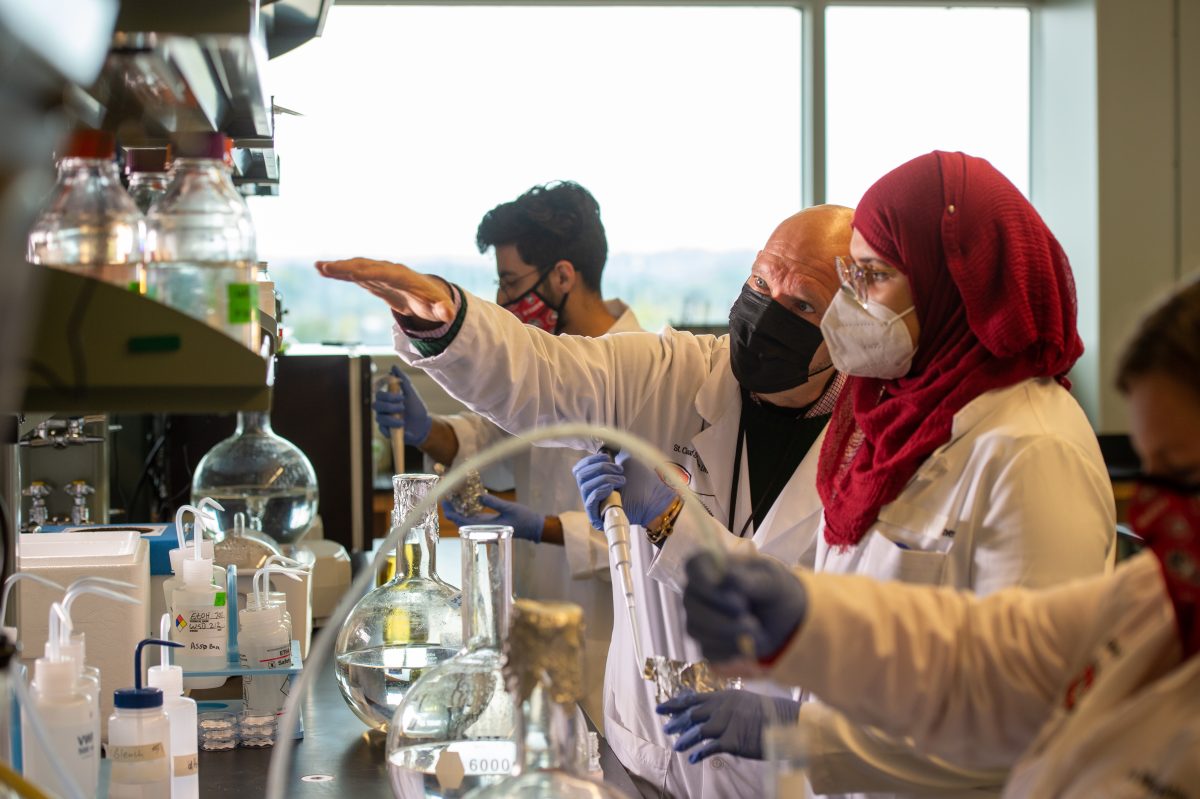
Biology professor Dr. Matt Julius is one example of a professor who’s a rock star in his field – researching, publishing and working with other international experts and bringing incredible perspective and passion to his teaching. A world-renowned expert on ecology and systematics of algae, large lake limnology, which is the study of biological, chemical and physical features of lakes and other fresh water bodies, Julius has worked for years with researchers in Japan and other parts of the world, has received offers of employment from prestigious institutions for his expertise; and published significant research on diatoms, systemics and evolution, taxonomy and nomenclature and aquatic ecology.
“I’ve declined opportunities because I genuinely love working with students here,” Julius said of his 20 years teaching in St. Cloud State classrooms, laboratories and field research sites – inspiring and motivating his students with his dedication and knowledge. Currently serving as chair of the Biology Department – a role that often precludes teaching responsibilities – Julius chooses to teach a class and work with 17 undergraduate students involved in an array of his research projects.
Julius has written and published papers on a myriad of scientific research topics, including such consequential projects as bone cancer research. “Students are involved in all of these,” he said. “I’m most proud of discovering new things and taking it back to the classroom … something we didn’t know before, something new that makes the world a better place … helping students make that transfer to the end of knowledge allows them to share the joy of discovery and learning.”
“I love the fact that we have so many first-generation students and I can give them the skill set to move up the social, economic and cultural scale,” Julius said. “We have amazing students. They are changing the world.”
A Moment of Transformation
Julius relishes being part of the role public institutions have in changing lives and in turn contributing to the welfare of society. “We have excellent examples of students new to this country working with first generation students,” he said.
“We all benefit from the dollars we invest to train them to become that workforce for the public good. The most transformative thing we’ve ever done in our country is the G.I. Bill that made us a world force. We’re at that moment of transformation again. We need to convince the public that we’re as or more important than the military because we educate the teachers, doctors, engineers and other professionals who change the world.”
“I’m most proud of discovering new things and taking it back to the classroom … something we didn’t know before, something new that makes the world a better place.”
Dr. Matt Julius
Julius says he wouldn’t want to be anywhere else, which is not to say he doesn’t see challenges in the system where he works. The bureaucratic process of being part of a state system and the lack of resources because of tight budgets and declining state support hinders and frustrates professors like him who bring in valuable teaching tools through grants that can’t always be implemented in a timely manner. “We have very good scholars here, but we still need to do better as an institution to capitalize on that,” he said.
Among those fellow extraordinary teacher-scholars is Dr. Melissa Hanzsek-Brill, a professor of Mathematics Education who successfully puts theory into practice with her students and in her community. Along with igniting a passion for learning among her St. Cloud State students, she studies what makes students want to learn and pursues ways to develop STEM skills in young learners.
“When you’re a teacher you have to be continually learning; otherwise you can’t be effective,” said Hanzsek-Brill, who like Julius has successfully sought grant funding to develop innovative ways to help students pursue their dreams.
Her interdisciplinary work with four other faculty and administrators on the ACCESS grant that provides full-ride scholarships to low-income learners who show promise as future STEM students has been nationally recognized and featured in the Chronicle of Higher Education. “My role was the research end: what causes a student to pursue a STEM education – to develop and measure the importance of a sense of belonging to an institution and to a major.”
Hanzsek-Brill discovered in her research that the assumption by many that grade point average is the sole indicator of student success is not necessarily true. “If you don’t feel like you belong you may not stay,” she said. “If we can take measure of students’ sense of belonging, we can help the institution start to develop programs to intervene and help students at risk want to continue.”
Innovating on Access
Another big passion of Hanszek-Brill’s is improving childrens’ early access to math skills. “I noticed there were always literacy conversations and resources to reach out to people who may not have access to good childhood reading, but while there was lots of conversation about math scores being down there was little about how to help improve them,” she said.
“So I thought, what if we did a program that provides pre-school students and their caregivers access to quantitative material in math,” Hanzsek-Brill said. She approached the LEAF (Local Education and Activities Foundation) that supports St. Cloud School District 742 and its highly successful PAKRAT (Partners And Kids Reading A Lot) literacy development program that brings reading materials to young students and their families with the idea of starting a PAKCAT (Partners And Kids Counting A lot Together) program.
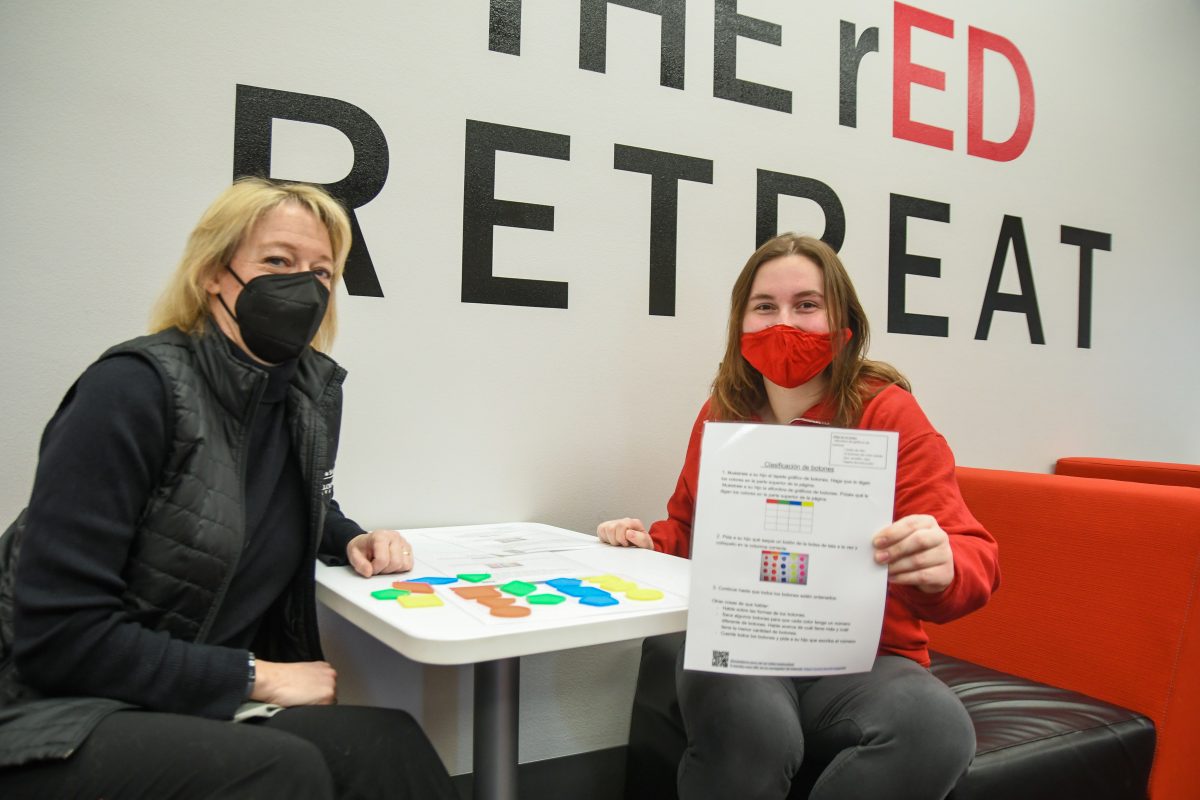
“Because of her leadership, LEAF has applied for and received two significant grants from the Morgan Family Foundation in support of the PAKCAT Program,” said LEAF Director Bruce Hentges. “As our PAKCAT grant coordinator, Melissa has donated hundreds of hours of her time and expertise to oversee the project for our district preschool students over the past several years. Her expertise and passion for mathematics education has been the reason the PAKCAT program is flourishing, despite the challenges that the pandemic has caused. Melissa Hanzsek-Brill is a wonderful example of a dedicated St. Cloud State educator who is making a big difference for hundreds of students in District 742.”
“This is Melissa’s brainchild,” said April Seim, a pre-school teacher at Madison Elementary who implemented the PAKCAT activities with her students in January 2019.
Collaborating with District 742 pre-school educators, Hanzsek-Brill and students Anna Panek and Hodam Ahmed created math bags that go home with 3- and 4-year-old children in the district’s pre-school classes. The bags contain everything needed to provide 45 early math learning activities throughout the year.
“Hopefully they are helping children and their caregivers understand the new approach to math in school,” she said.
“When you’re a teacher you have to be continually learning; otherwise you can’t be effective.”
Dr. Melissa Hanzsek-Brill
The bags’ materials and written and videotaped instruction information are provided in English, Spanish and Somali. Panek, a senior majoring in Math and Spanish; and Ahmed, a senior Early Childhood Education major, provided the idea and expertise to translate the PAKCAT materials so families for whom English is not a first language can better work with them.
This year District 742 had 575 pre-school students. A small percentage had Spanish as their first language and 34 percent had Somali as their home language. “There’s an extra challenge for families that don’t have a strong sense of English or struggle with the language,” Seim said.
Ahmed discovered while working at a local day care center last year that the staff had received the PAKCAT activities bags but had not implemented them in their teaching. Ahmed, who was born in Ethiopia in a refugee camp and came to America at age 16, sat down with the teacher and showed her how to use it. “The kids were so excited,” she said. “The experience was important for me to see what kind of tools to use in teaching.”
Besides translating activities into Spanish, Panek worked with assembling and distributing activities bags for children and has found this hands-on work with children has been beneficial to her education.
“We spend time learning from textbooks and class, but don’t always have a chance to apply it,” she said. “It’s been a huge game changer,” Panek said. “Melissa Hanzsek-Brill has been one of my strongest mentors on campus. She has brought me into understanding how important it is to develop connections in the community.”
Hanzsek-Brill, like Julius and many other St. Cloud State professors, embraces the It’s Time focus on supporting the teacher-scholar model. “The model emphasizes that you have to take theory and put it into practice,” she said. “It’s not new, but now we’re being really purposeful about valuing that to improve our teaching.”
Interdisciplinary work
One of the most exciting aspects of having a faculty of teacher-scholars is the interdisciplinary work they do. Hanzsek-Brill collaborated with Biology professor Dr. Christopher Kvaal and Computer Science professor Dr. Mark Petzold on the ACCESS scholarship program and Julius worked side-by-side with Art professor Dr. Bill Gorcica, for example.
Gorcica, like Julius, has worked with international scientists on projects that have had the power to interconnect science, technology and art. In the campus Make It Space, art students have learned that they can use tools once reserved for engineers and scientists.
Over the past decade Gorcica has also worked with scientists in the United States and Japan on projects that teach people about water quality. The projects are generated by scientists, but art students are learning they can interface with scientists.
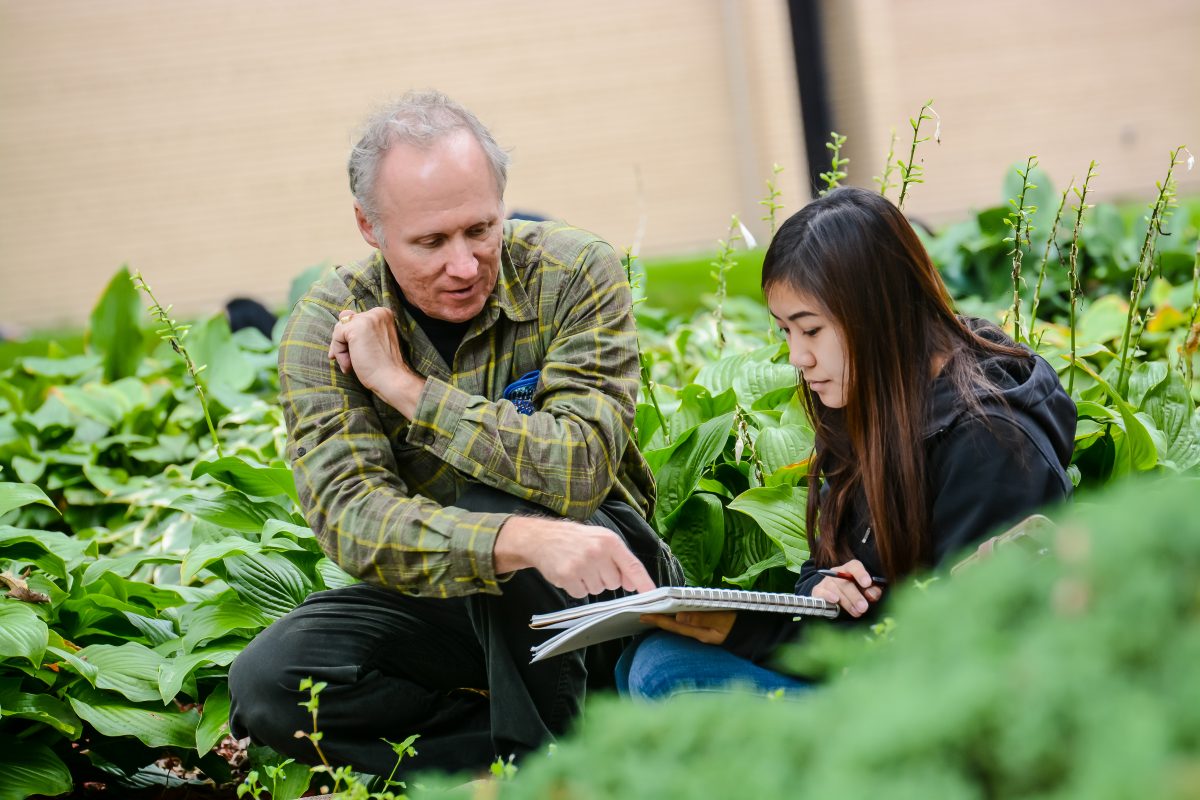
“Another thing I realized in Japan working with educators is how they worked one-on-one with mentoring students,” he said, “We need more flexibility in education and need to do more mentoring with guidance.”
Gorcica said his is a small enough department to offer faculty and students that sense of belonging that Hanzsek-Brill’s research found to be so important to student success.
“It’s a more interesting teaching environment and learning environment when we collaborate. It allows innovation to happen.
Dr. Bill Gorcica
“We teach better when we let them take ownership of their projects and their future. If you can build a network of friends and collaborators it offers a faster sense of community building.”
Throughout his teaching career Gorcica has brought together groups of artists who went out into the world to do projects. Gorcica has collaborated with faculty and students often on interactive design projects, such as the Northern Spark overnight art festival in the Twin Cities.
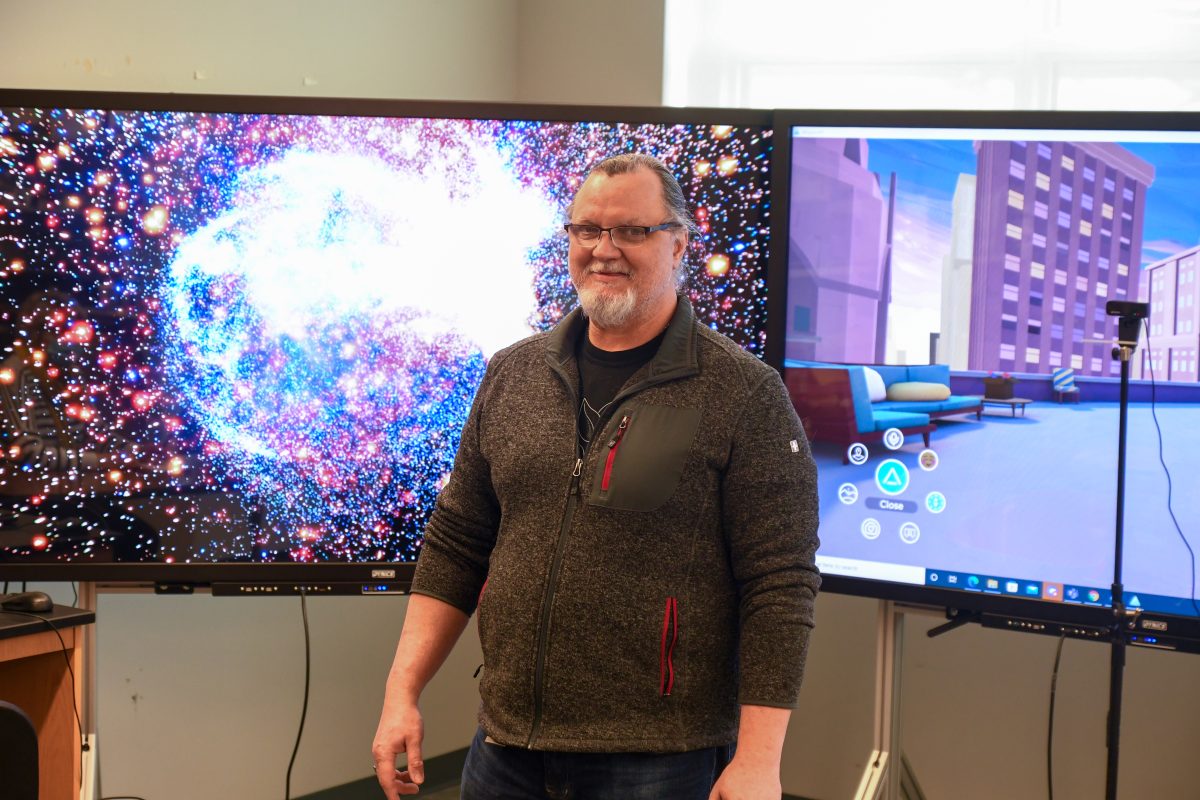
“I work across disciplines between the arts and sciences, such as creating an interactive rowboat with software engineer Mark Gill for a TEDxStCloud installation or collecting microbes as inspiration for art with biologist Matt Julius.”
At St. Cloud State he mixes traditional and new media art working with faculty from other departments. “It’s a more interesting teaching environment and learning environment when we collaborate,” he said. “It allows innovation to happen.”
What it Means to be a Teacher-Scholar
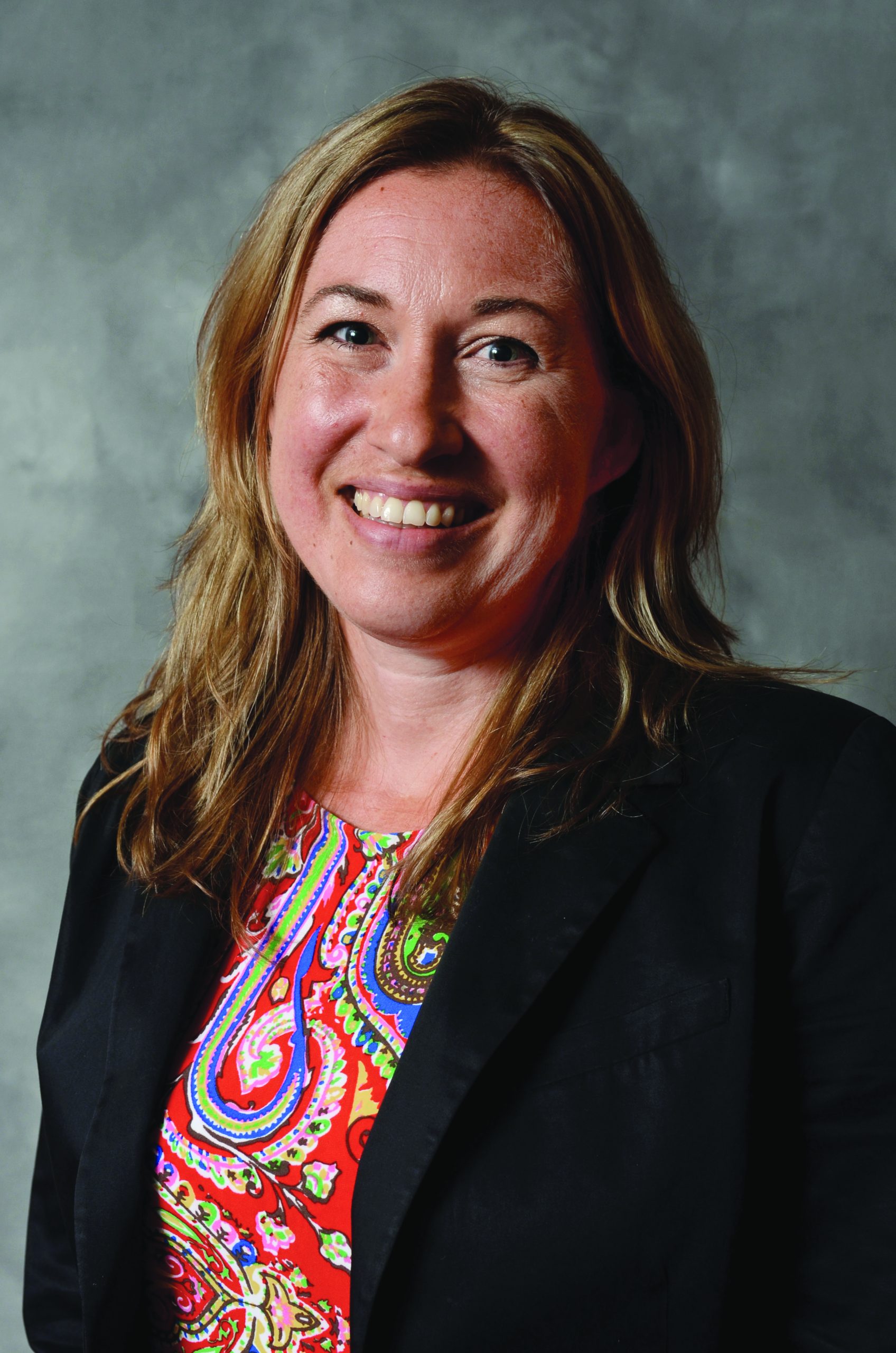
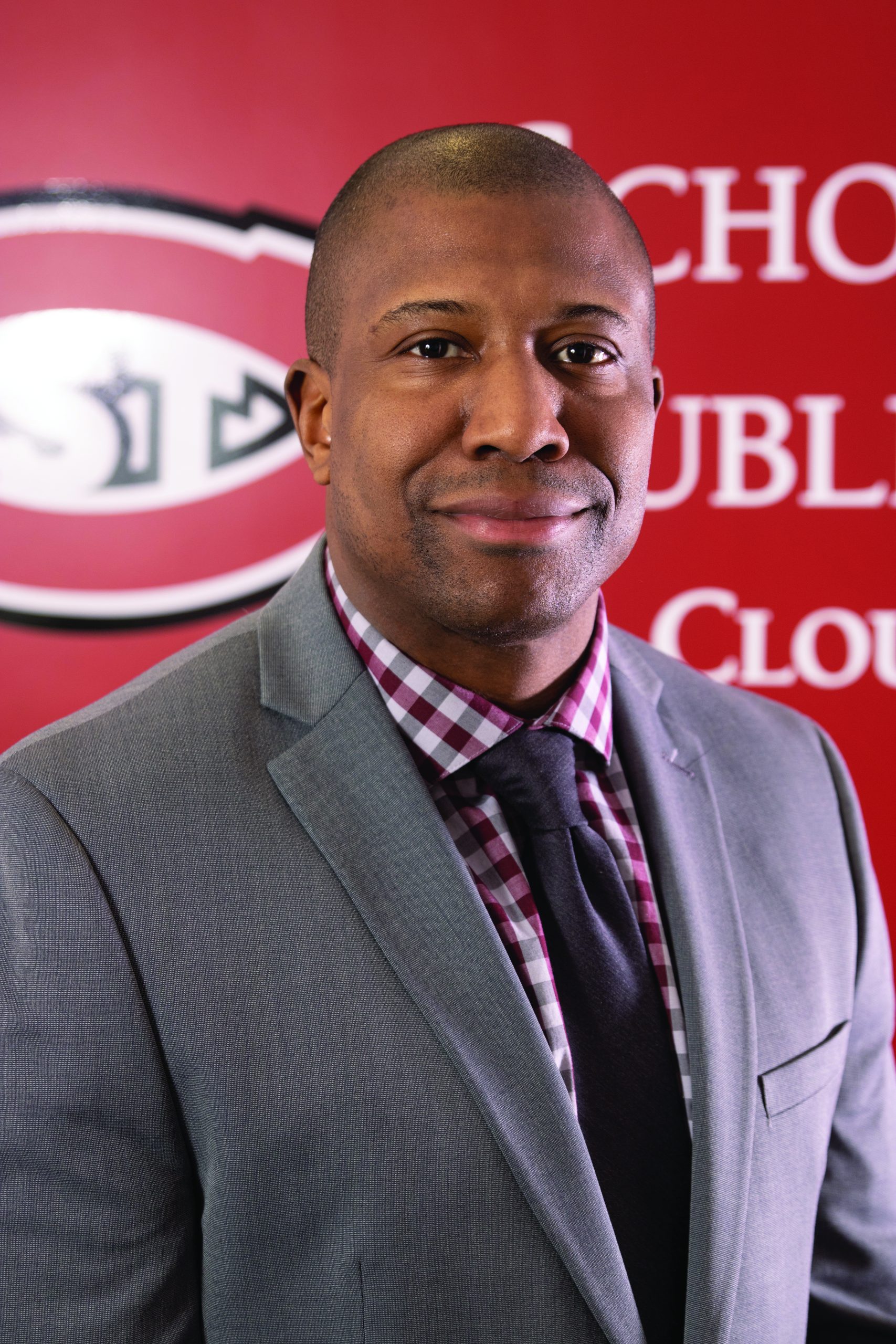
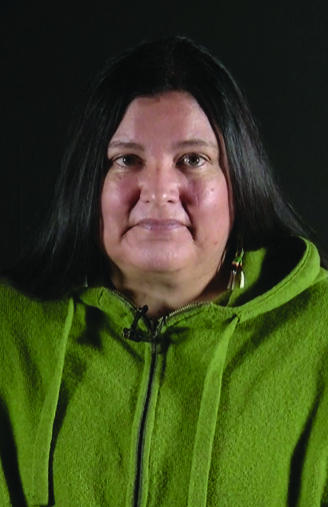
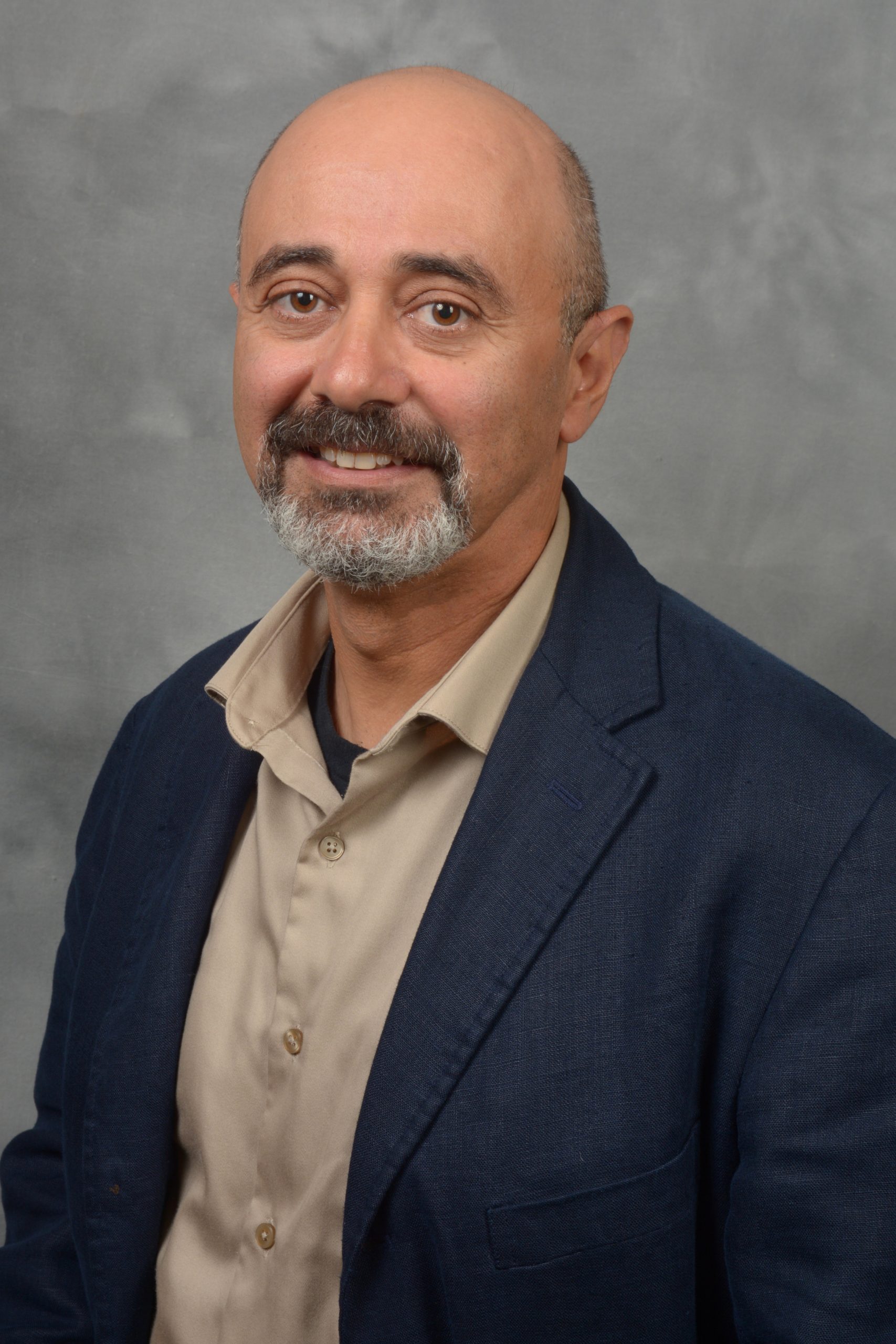
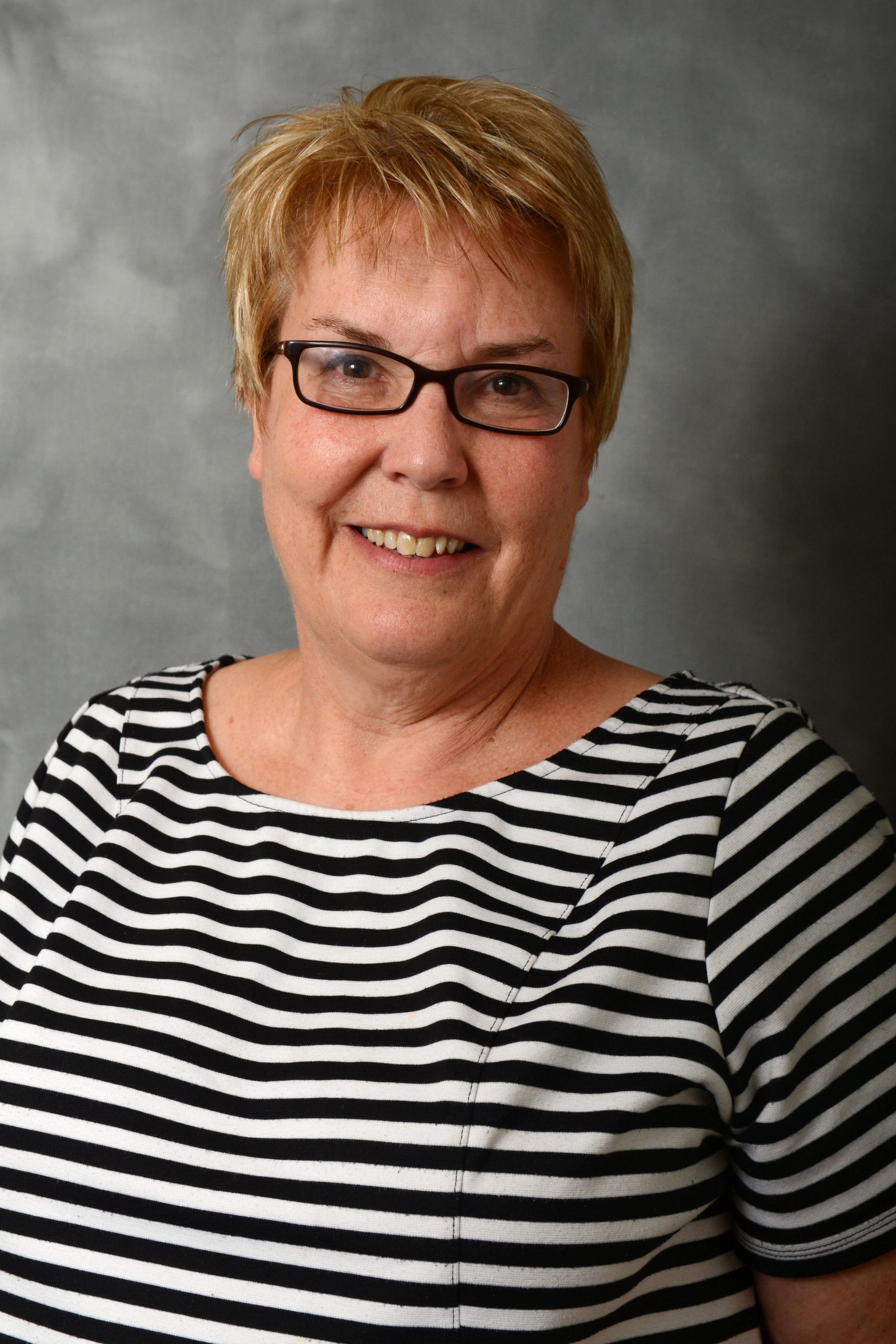
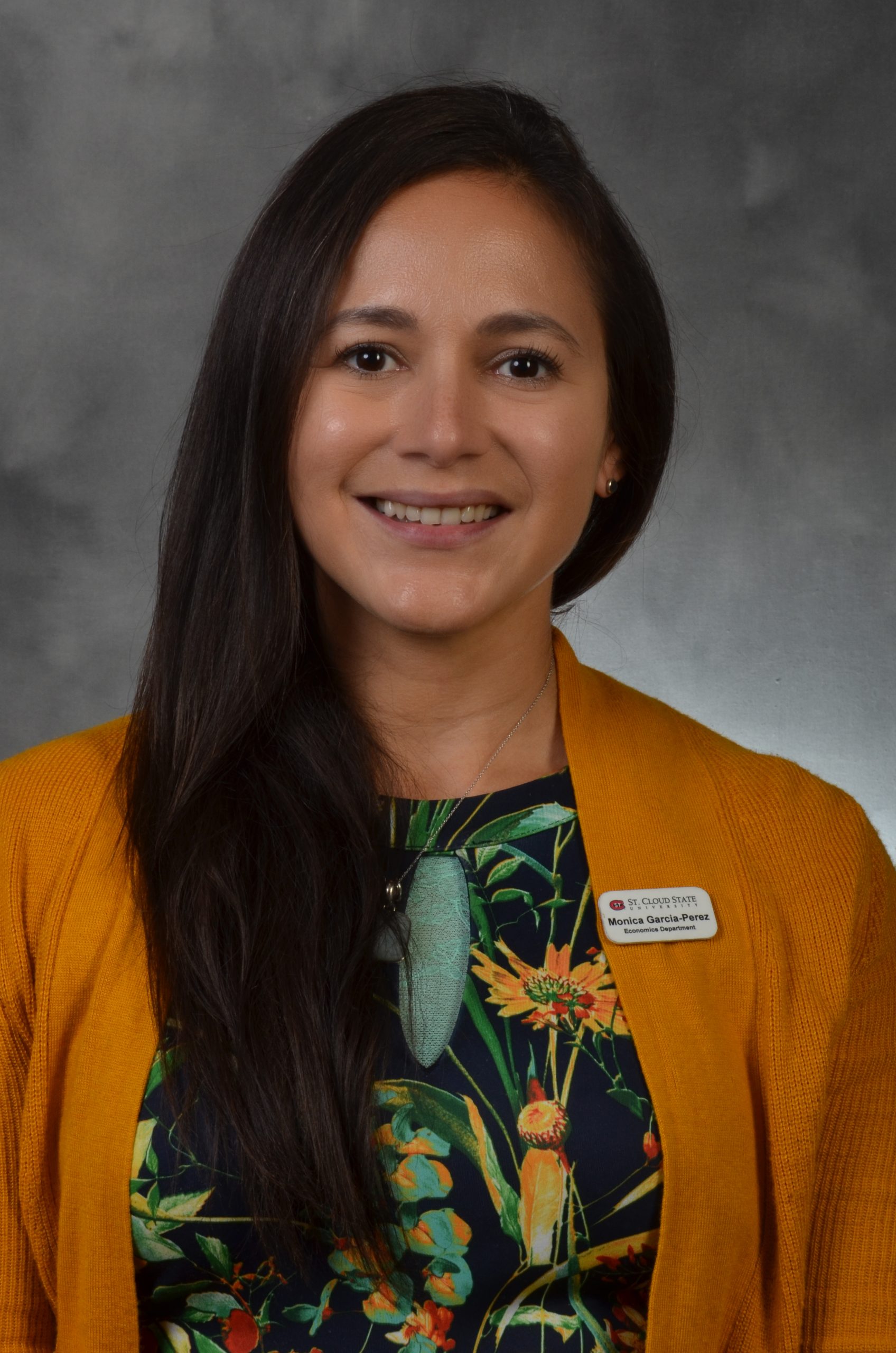
Dr. Bill Gorcica and six other outstanding St. Cloud State professors are part of What it Means to be a Teacher-Scholar an It’s Time-related project for sharing with colleagues what being a teacher-scholar means to them.
